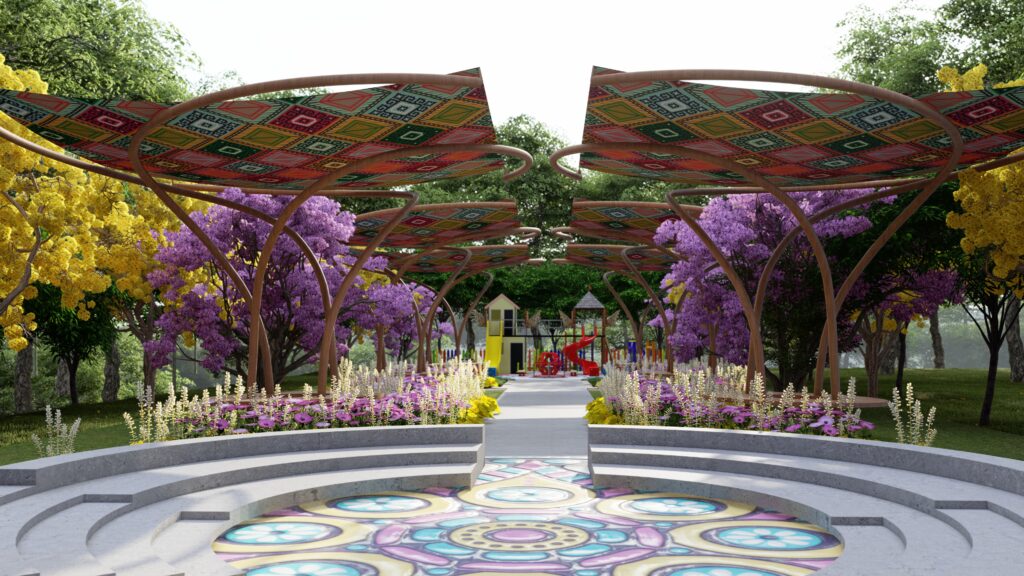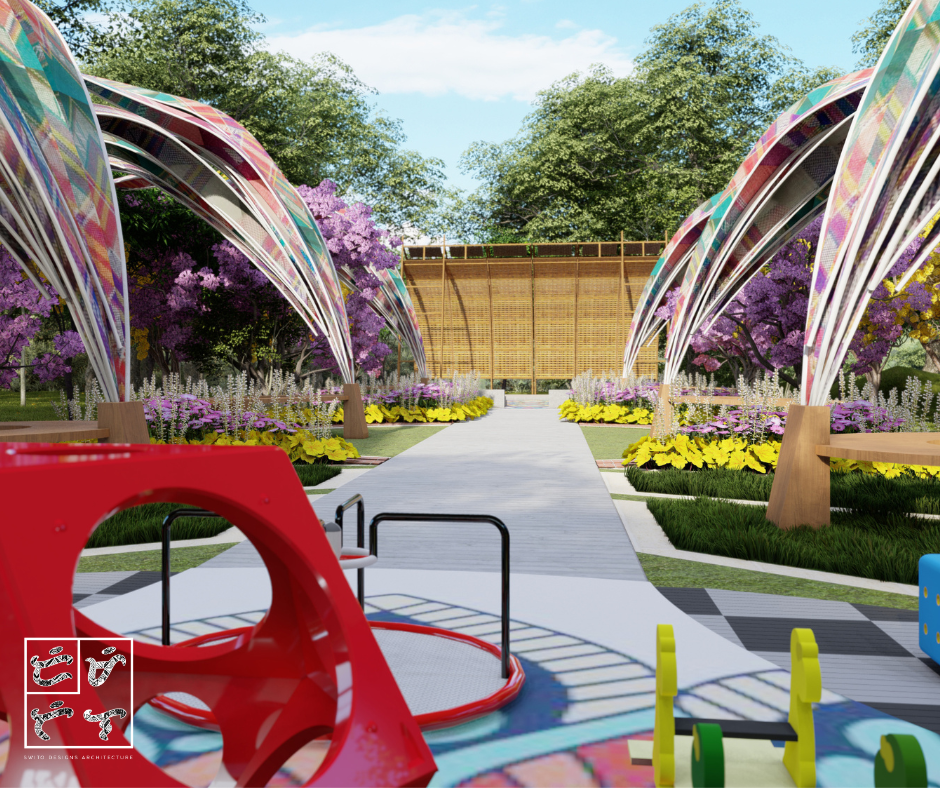Project Title: MTIT Child’s Park
Principal Architect: Gloryrose Dy Metilla
Junior Designer: Jenelle Metilla
Project Type: Government
Client: MTIT BARMM
Stage: Ongoing
Project Location: BARMM Provinces
Architecture is more than just creating spaces—it is about telling stories, preserving culture, and inspiring future generations. The MTIT Child’s Park, a government-initiated project in the BARMM provinces, is an embodiment of this philosophy. Designed by Principal Architect Gloryrose Dy Metilla, with the support of Junior Designer Jenelle Metilla, this ongoing project aims to create a space where children can play, learn, and connect with their cultural heritage.
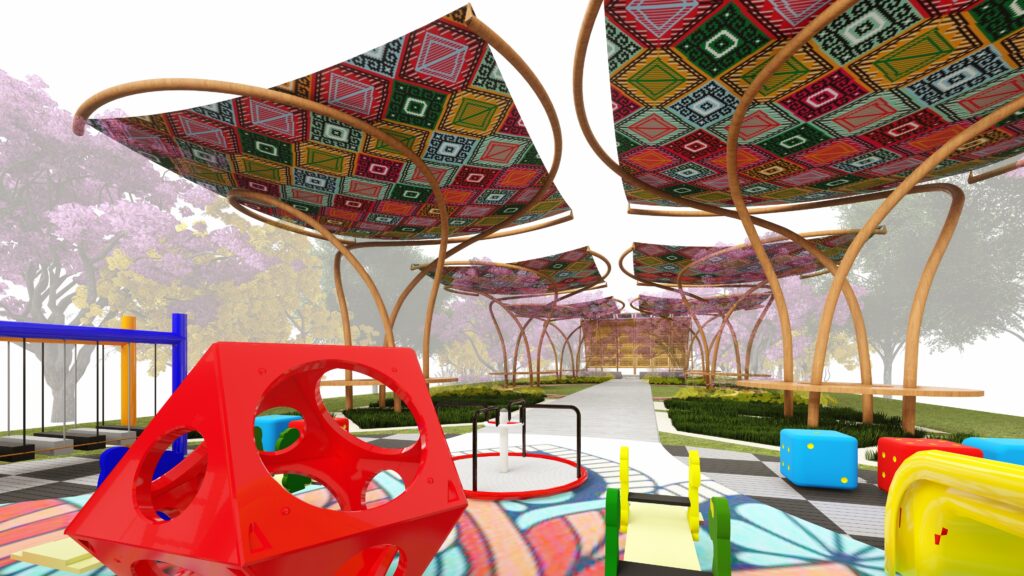
A Design Inspired by Myth and Meaning
At the heart of the MTIT Child’s Park’s design is the Sarimanok, a legendary bird in Filipino mythology. This mystical creature is known for its radiant, multi-colored feathers and is considered a symbol of good fortune, particularly in times of storms and rain. In Maranao culture, the Sarimanok is also seen as a messenger between the gods and mortals, bridging the human and divine realms.
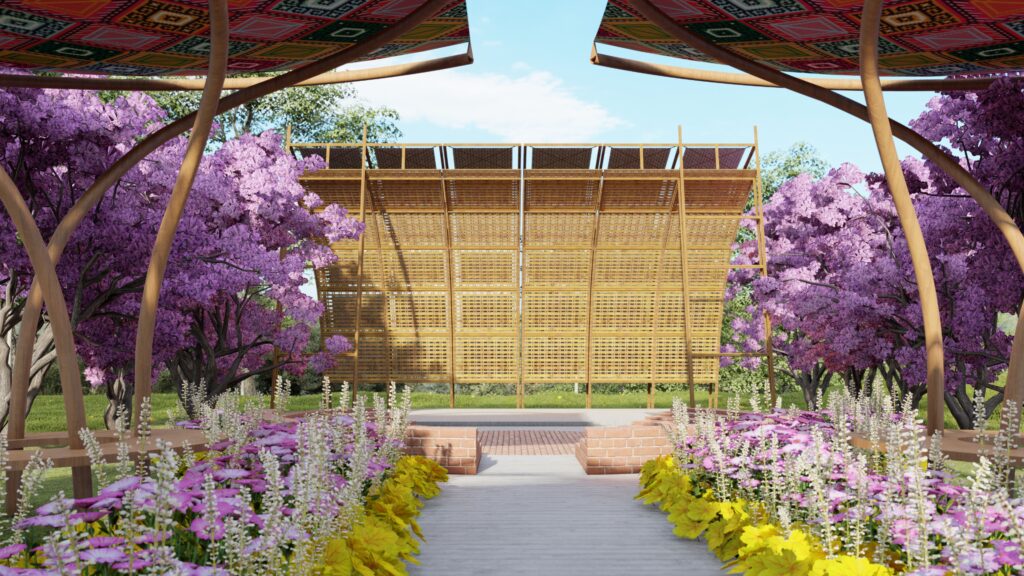
By incorporating the Sarimanok as the central design inspiration, the project seeks to imbue the park with a deep cultural significance. The use of vibrant colors and intricate details in the park’s structures mirrors the Sarimanok’s luminous feathers, creating a visually captivating and meaningful space. The design elements aim to foster a sense of identity and pride among the children and the local community while providing a safe and joyful environment.
Creating a Child-Centric Public Space
The MTIT Child’s Park is designed with the well-being and development of children in mind. More than just a playground, it is envisioned as a space that encourages creativity, social interaction, and a connection to nature. The park will feature various play areas, interactive installations, and shaded spaces where children can freely explore and engage in imaginative play.
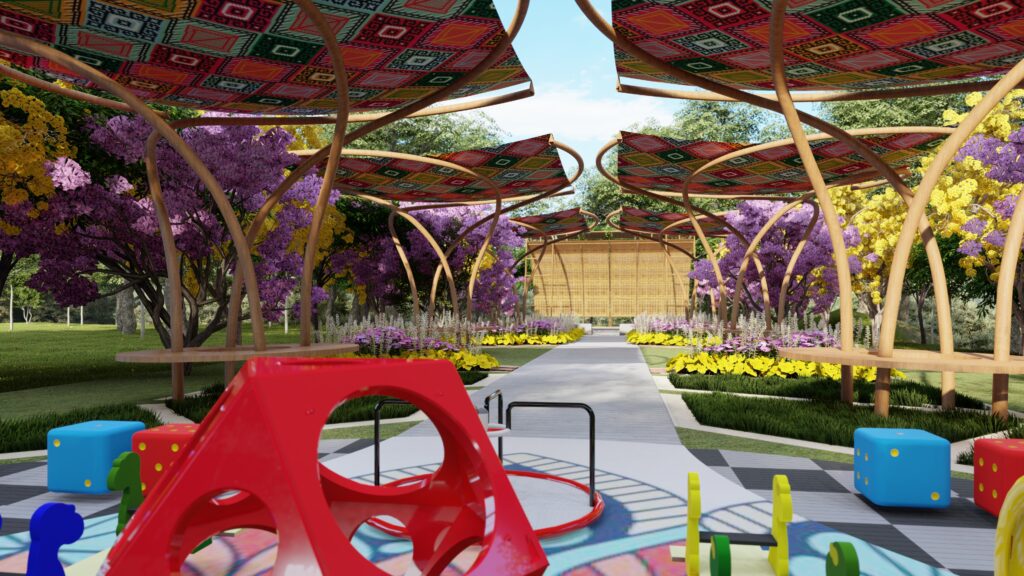
Sustainability is also a key consideration in the design. The architects have carefully selected materials and construction techniques that align with eco-friendly practices. The use of locally sourced materials not only supports the local economy but also ensures that the park seamlessly integrates with its surroundings. Green spaces and natural elements will be incorporated to create a refreshing and environmentally friendly atmosphere.
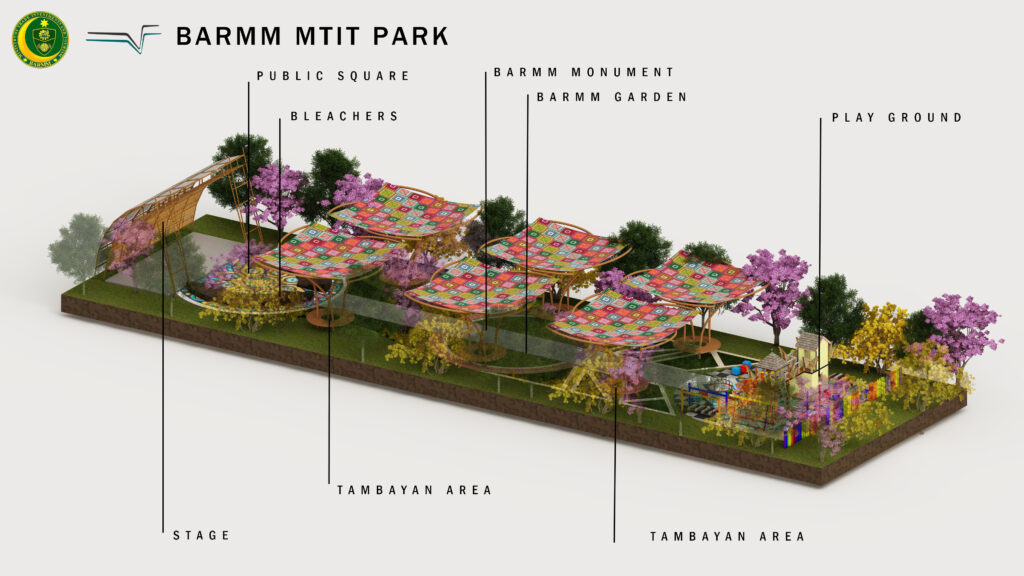
Cultural Preservation Through Architecture
One of the primary objectives of the MTIT Child’s Park is to serve as a vessel for cultural preservation. The project aims to introduce young minds to the rich mythology and traditions of the Philippines, particularly those of the BARMM region. By embedding cultural motifs and narratives into the park’s design, the project ensures that heritage remains alive and accessible to future generations.
The Sarimanok-inspired structures and artistic details will serve as an open-air museum of sorts, allowing children to interact with their cultural roots in a fun and engaging way. Storytelling areas, traditional patterns, and educational signages will be integrated into the park to foster awareness and appreciation of local folklore and history.
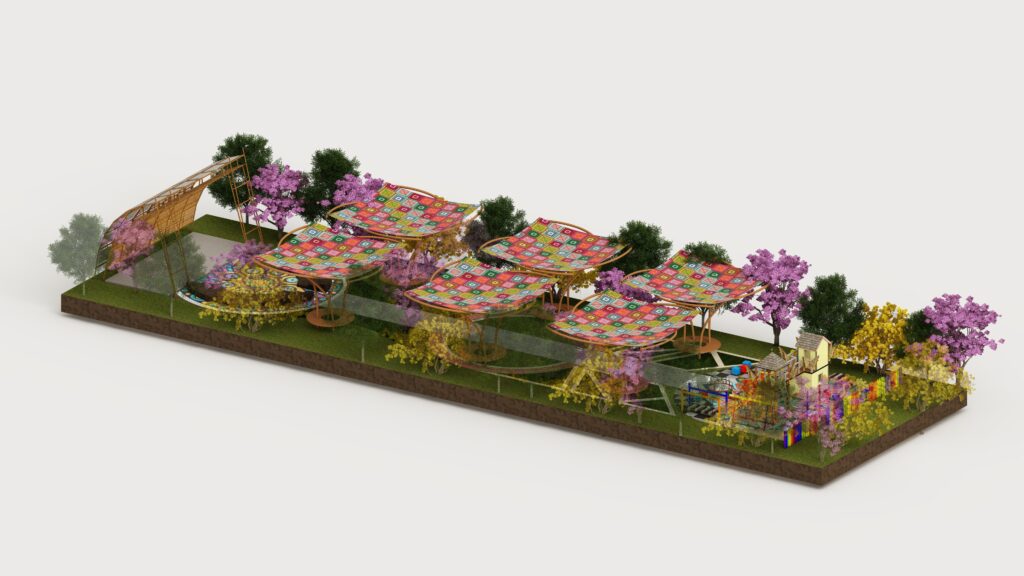
A Community-Oriented Initiative
Beyond its aesthetic and functional elements, the MTIT Child’s Park is a community-driven initiative. By involving local artisans, craftsmen, and community members in the development process, the project promotes inclusivity and shared ownership. The park is not just for the children but for the entire community, creating a space where families can gather, celebrate, and create lasting memories.
The impact of this project extends beyond its physical form. By prioritizing children’s needs and cultural heritage, the MTIT Child’s Park has the potential to shape a generation that is both deeply rooted in tradition and forward-thinking. It stands as a testament to the power of architecture in shaping not just spaces but also values, identities, and collective aspirations.
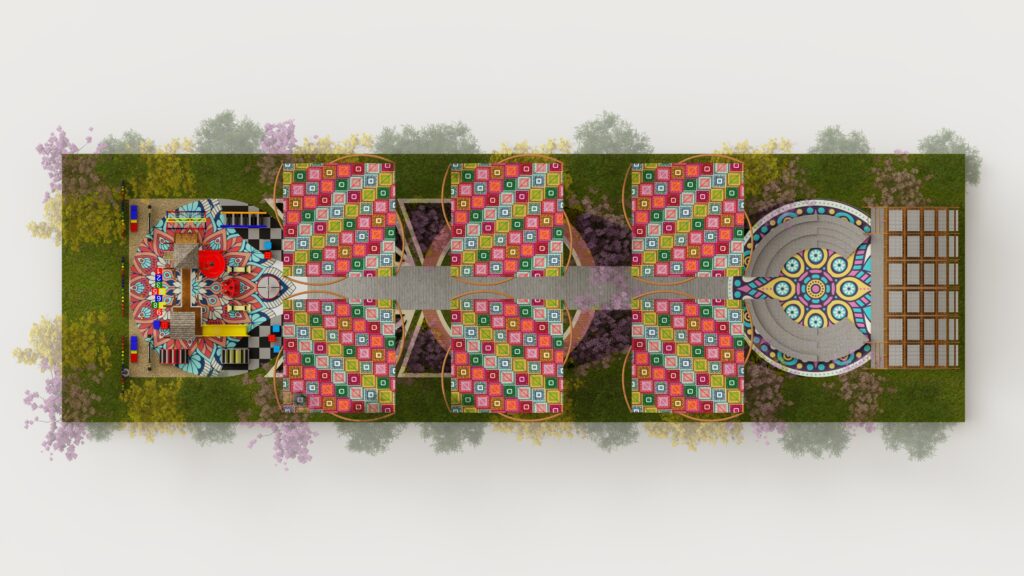
Looking Ahead
As the MTIT Child’s Park progresses through its development stages, it continues to generate excitement and anticipation among the people of the BARMM provinces. With its thoughtful design inspired by the legendary Sarimanok, the park is set to become a landmark of cultural pride and a sanctuary of joy for children. Once completed, it will not only provide a space for recreation but also serve as a living tribute to the region’s rich history and mythology.
Through this project, architecture goes beyond construction—it becomes a bridge between past and future, myth and reality, play and learning. The MTIT Child’s Park is more than just a park; it is a beacon of hope, unity, and cultural resurgence for the generations to come.
